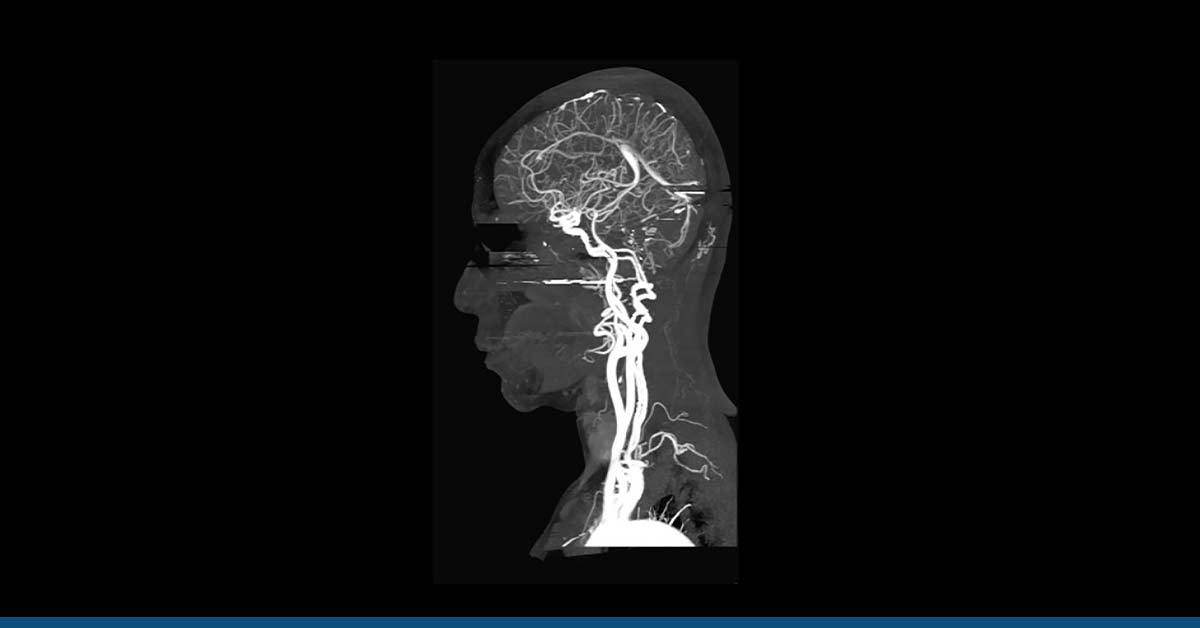It is very common to dismiss your underlying or asymptomatic health condition. People often consider these as minor issues instead of booking an appointment for wellness screening. Putting off a wellness screening prolongs your disease and causes more complications. It also elongates and complicates the treatment of the said disease.
The concept of wellness screening was introduced to prevent people from exaggerating their illness to a complex severity. It was introduced to catch the disease at the early stage to avoid any fatalities.
Wellness screening monitoring programs can be set up at your workplace, through which you can make sure that your employees are in good health. Regular wellness screenings at workplaces are a way to improve your health program sector and establish a healthy and safe environment for the employees. In this blog, we have discussed in detail about what wellness screening is.
Table of Contents
ToggleWhat is Wellness Screening?
Wellness screening, also known as biometric screening, is a great way to keep up with your physical and mental health. This practice may involve a finger stick, a blood draw, or a group of ultrasound screenings of your internal organs. These tests are associated with a generalized assessment of a person’s overall wellness.
Such assessments can be made via testing blood count, kidney and/or liver function, blood electrolyte levels, triglycerides, HDL (high-density lipids), LDL (low-density lipids), and thyroid function values.
Biometric screenings come in separate packages. Some might cover all the tests mentioned above, while others may cover a few. A doctor’s prescription is not required for these tests. However, it is always a good idea to consult your doctor before getting a wellness screening or getting any other tests done.
The doctor may consider your medical history and suggest only the tests that will help you rule out the possibility of developing a disease based on your ethnicity, environmental conditions, genetics, and age.
What can Wellness Screenings identify?

Early identification of any health condition is the best way to get a timely diagnosis and appropriate treatment. Once identified in its early stages, a patient successfully minimizes the initial risk of worsening their condition over time (such as progression of level 1 cancer to level 2 if left untreated). Amid the global pandemic, doctors have emphasized the importance of regular wellness screenings.
According to the Centers for Disease Control and Prevention (CDC), people with underlying health conditions are at a higher risk of contracting the Coronavirus, which may lead to a severe illness. In cases like these, the COVID-19 virus risks hospitalization, admission to the ICU, ventilation, or even death. By identifying a specific health condition via wellness screening, the patient and their doctor can mitigate the possible risks of a complex condition.
Conditions that can be identified by wellness screening include, but are not limited to:
- Asthma
- Cervical cancer
- Chronic Kidney Disease
- Chronic Obstructive Pulmonary Disorder (COPD)
- Diabetes (Type I or II)
- Iron deficiency
- Glucose intolerance
- Heart problems
- Hypothyroidism or hyperthyroidism
- Increased Blood Pressure or Hypertension
- Liver problems
- Prostate cancer
- Obesity
- Smoking-related illnesses
Tests Concerned with Wellness Screening
One of the sectors of wellness screening focuses on assessments done via ultrasound. These are non-invasive wellness screening monitoring and may include:
1. Abdominal Aortic Aneurysm Screening
The abdominal region of the aortic artery extends from the sternum to the mid-abdomen. This area of the body is screened via ultrasound to detect any signs of an abdominal aortic aneurysm, which can cause a heart attack, kidney damage, or stroke.
2. Carotid Artery Screening
Placed on either side of the neck, the carotid arteries supply blood to the brain. A non-invasive ultrasound can detect any abnormal arterial plaque, which may cause a stroke if left untreated.
3. Peripheral Arterial Disease Screening
A peripheral arterial disease or a peripheral vascular disease is caused by plaque buildup in the vessels. This blockage is known as atherosclerosis, leading to either a heart attack or a stroke.
The lipid profile analysis assesses whether the person is at risk of developing diseases due to abnormal cholesterol, HDL, LDL, and triglyceride levels, such as coronary artery disease (CAD) or stroke. The hematology report consists of a complete blood count analysis, looking out for any possibilities of the person developing blood disorders, such as anemia, blood clotting, and leukemia.
The probability of men developing prostate cancer and women developing cervical cancer normally increases with age. A simple ultrasound to assess the condition of a man’s prostate or a woman’s cervix may be conducted. However, additional tests may be carried out to detect any evidence of prostate or cervical cancer in some cases.
The Importance of frequent Wellness Screening Monitoring
For those above 40, frequent wellness screening monitoring proves extremely fruitful. Whichever condition a person has, will be identified in its infant stages and, therefore, timely diagnosed. Visiting a doctor with your wellness screening results allows you to get a proper diagnosis and start a treatment to mitigate any severity of the condition.
These biometric screenings serve the following purposes:
- It serves as a means for the doctor to successfully communicate their concerns with the patient and get them to adopt a healthier lifestyle.
- It serves as a method of primary prevention, i.e. preventing a disease or injury even before it occurs. For example, a person with a family history of developing heart disease may be suggested to modify their lifestyle and diet to, altogether, prevent the development of the disease at any point in life.
- It serves as secondary prevention method, which means detection of diseases that are asymptomatic (have no apparent symptoms). For example, some cases of the COVID-19 in patients showed no apparent symptoms but were tested, which resulted in a positive test.
- It serves to identify any risk factors for chronic diseases, such as chronic kidney disease.
- It helps in enhancing the relationship between the patient and doctor.
- It also aids in updating the hospital records since the previous checkup.
How Often Do You Need Wellness Screening Monitored?
While it is not mandatory for people above 40 to appear for a wellness screening every year, it is suggested to do so for their benefit. Most insurance plans offer complete coverage of your annual biometric screenings.
This assessment is not just conducted as a means of primary or secondary prevention, but also gives the person an idea about their current status on their well-being. Your screening results can later be shared with your doctor, who will guide you through any dietary or behavioral changes that need to be made for better.
Your wellness screening monitoring frequency mainly depends on your age, genetics, and medical history. If you are under 40, there is no need for wellness screenings done every year. The unnecessary testing is, often, not just a waste of time, money, and also induces anxiety in the patients.
Conclusion
To sum it up, if you are over 40, wellness screenings should be a crucial part of your routine for regular analysis of your overall health. HG Analytics offers one of the best wellness screening programs. We also cater to your medical needs by providing direct assistance from our healthcare professionals to mitigate any potential risks of developing any severe health problem in the future.





